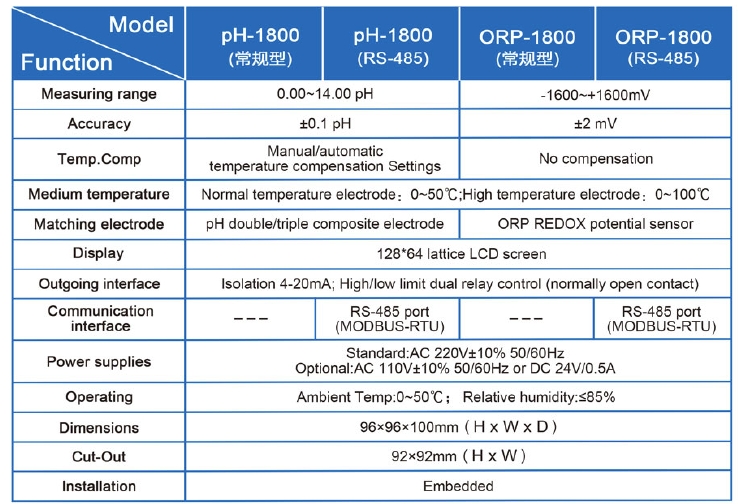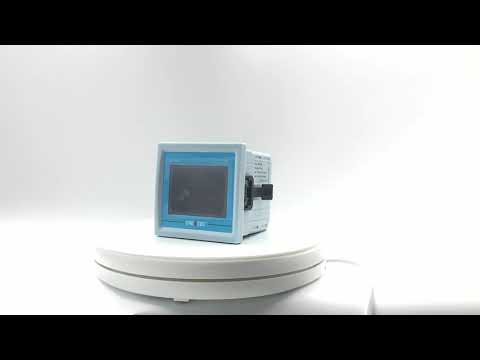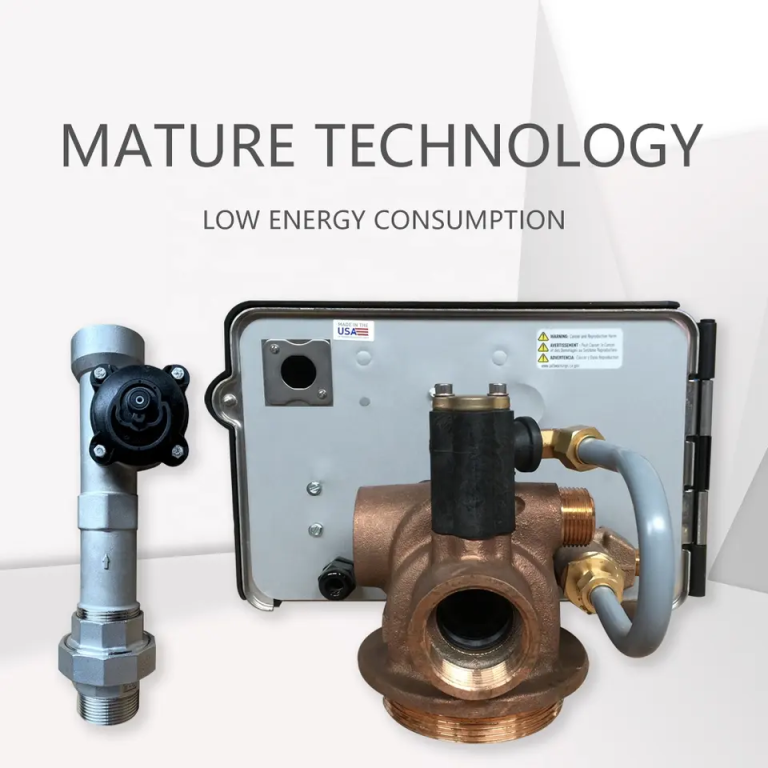Measuring dissolved oxygen: Understanding aquatic health.
Importance of Measuring Dissolved Oxygen in Aquatic Environments
Dissolved oxygen is a crucial parameter to measure in aquatic environments. It provides valuable insights into the health and quality of water bodies, as well as the overall ecosystem. By understanding the importance of measuring dissolved oxygen, we can better comprehend the impact of human activities on aquatic life and take necessary steps to protect and preserve these fragile ecosystems.
One of the primary reasons for measuring dissolved oxygen is to assess the water’s ability to support aquatic life. Fish and other aquatic organisms rely on dissolved oxygen for respiration. Insufficient levels of dissolved oxygen can lead to hypoxia, a condition where oxygen levels are too low to sustain life. This can result in fish kills and the decline of other species that depend on these water bodies for survival. By regularly monitoring dissolved oxygen levels, scientists and environmentalists can identify areas with low oxygen concentrations and take corrective measures to restore the balance.
Furthermore, measuring dissolved oxygen is essential for understanding the overall health of an aquatic ecosystem. High levels of dissolved oxygen indicate a well-oxygenated environment, which is crucial for the growth and reproduction of aquatic plants and animals. On the other hand, low levels of dissolved oxygen can indicate pollution or excessive nutrient runoff, leading to the growth of harmful algal blooms. These blooms can deplete oxygen levels further, creating a vicious cycle that can have devastating effects on the ecosystem. By measuring dissolved oxygen, we can detect these changes early on and implement strategies to mitigate their impact.
Another reason to measure dissolved oxygen is to monitor the effectiveness of water treatment processes. Wastewater treatment plants often rely on aeration to increase dissolved oxygen levels and facilitate the breakdown of organic matter. By measuring dissolved oxygen before and after treatment, operators can ensure that the process is working efficiently and that the water being discharged back into the environment meets the required standards. This is crucial for protecting downstream ecosystems and preventing the spread of pollutants.
In addition to its ecological significance, measuring dissolved oxygen also has practical applications in various industries. For example, in aquaculture, dissolved oxygen levels need to be carefully monitored to ensure optimal conditions for fish and shellfish growth. Similarly, in the brewing industry, dissolved oxygen measurements are critical for maintaining the quality and shelf life of beer. By accurately measuring dissolved oxygen, these industries can optimize their processes and ensure the highest standards of product quality.

In conclusion, measuring dissolved oxygen is of utmost importance in aquatic environments. It provides valuable information about the health and quality of water bodies, helps assess the impact of human activities, and guides conservation efforts. By monitoring dissolved oxygen levels, we can protect and preserve these fragile ecosystems, support aquatic life, and ensure the sustainability of our water resources. It is crucial for scientists, environmentalists, and industries to continue investing in the measurement of dissolved oxygen to safeguard our aquatic ecosystems for future generations.







